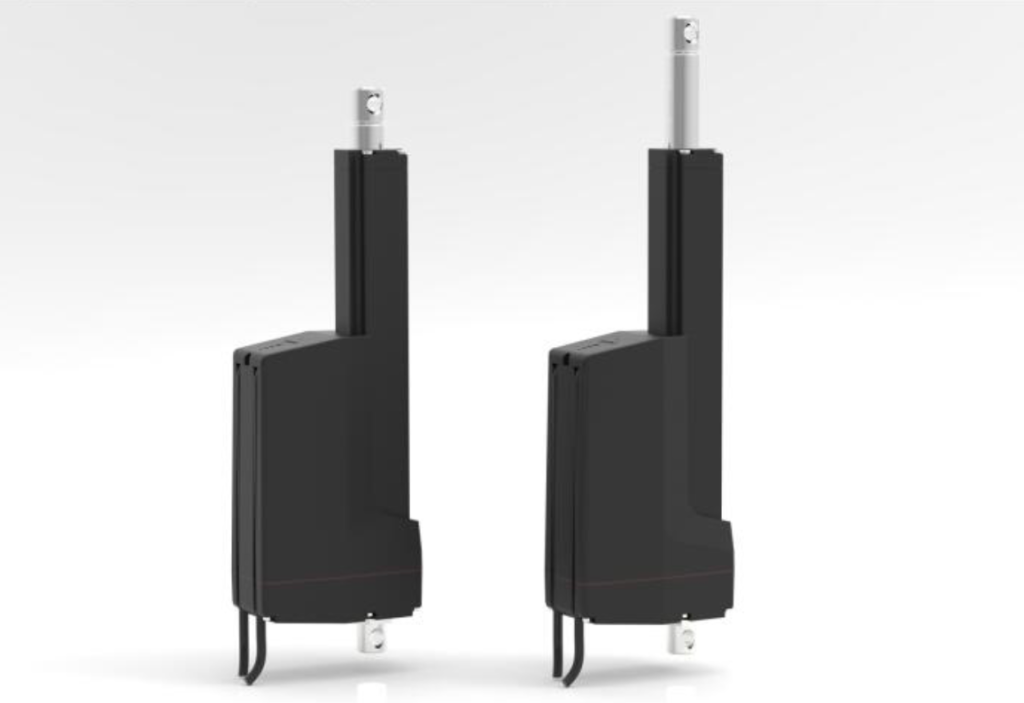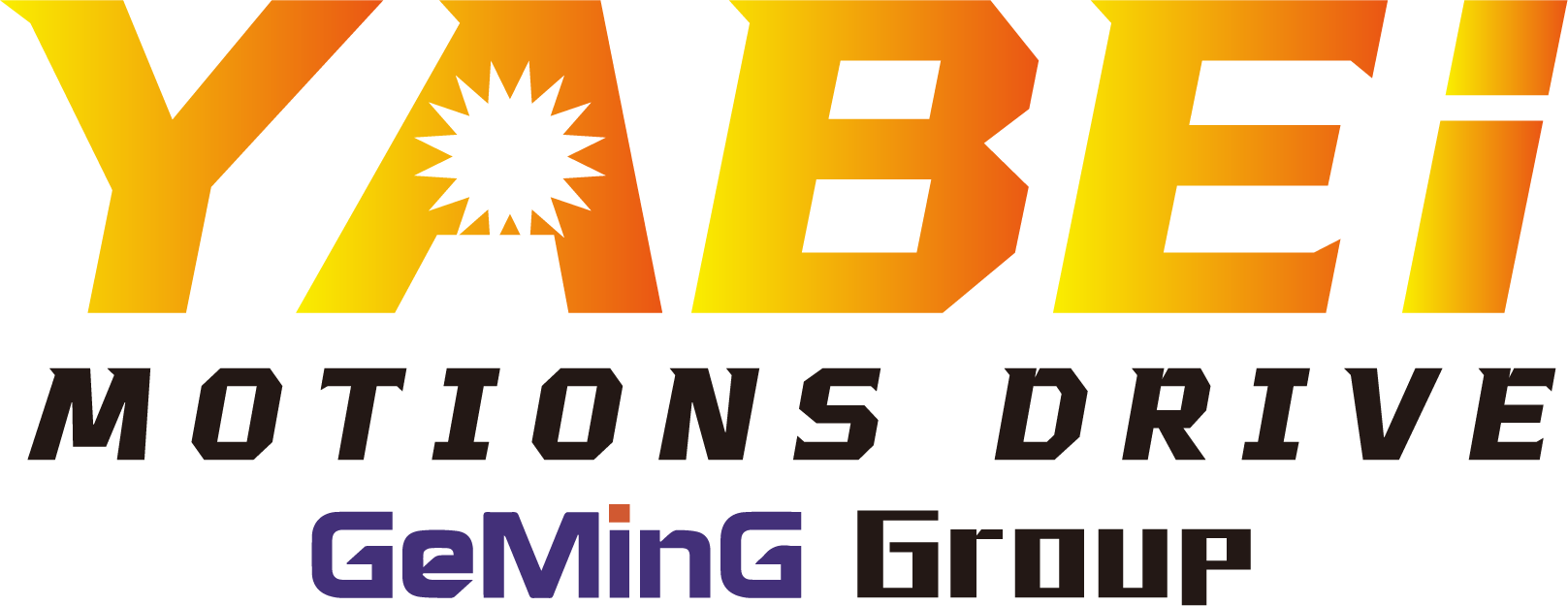
In the realm of industrial linear actuators, understanding the operation of DC motors is crucial. GeMinG is now sharing insights into how 12 V and 24 V DC motors function within these actuators, enabling the conversion of electrical energy into mechanical motion.
A DC motor is a device that transforms electrical energy into mechanical energy through the principle of induction. When an input current is introduced, it generates an electromagnetic force, which in turn produces rotary motion. Key components such as brushes, commutators, permanent magnets, and solenoids work in harmony to make this happen. However, the performance of a DC motor can be affected by various factors. Motor components themselves can impact performance and generate heat, and extreme ambient temperatures, which are common in the working environment of industrial linear actuators, also play a role.
To ensure a DC gear motor operates at its best, a stable power supply is essential. The cabling and input voltage must be accurate, as they are vital for optimal performance. GeMinG provides a resource, in the form of a video (mentioned in the content), for those who want to explore the factors influencing motor performance in more detail.
For those with questions about DC motors used in industrial electric linear actuators, GeMinG’s staff is available for assistance. This initiative by GeMinG helps industry professionals, engineers, and enthusiasts gain a better understanding of DC motor functionality in industrial linear actuators, which can contribute to more efficient use and further development of such actuators.


